Dielectric Strength: Formula And Test Methods
What Is Dielectric Strength?
Dielectric strength refers to the maximum electric field that a material can sustain without experiencing electrical breakdown. It is a critical property for materials used in insulation applications, thereby ensuring the safety and reliability of electrical systems.
Dielectric Constant vs. Dielectric Strength
While dielectric strength measures the ability to resist electrical breakdown, the dielectric constant indicates the capacity of a material to store electrical energy. Both properties are important and serve distinct roles in material selection and application.
Standard Tests for Measuring Dielectric Strength
The following standard tests are commonly employed to assess dielectric strength:
- ASTM D149-20: This standard test procedure measures the breakdown voltage and dielectric strength of insulating materials, including electrical cables, wires and coatings. It determines the voltage level a material can withstand prior to failure.
- IEC 60243-1:2013: This international standard is used to measure the dielectric strength of solid insulating materials such as plastics, rubber and ceramics. It assists in determining a material’s ability to resist electrical breakdown when subjected to a high electric field.
Both standards are widely recognised and are employed in the testing of materials for electrical insulation to ensure that they meet the safety and performance criteria required in electrical and electronic applications.
Examples of Insulating Materials
Insulating materials are utilised to hinder the flow of electricity, heat or sound. In electrical applications these materials protect conductors against electrical faults and help to maintain safety.
- Polyethylene (PE): A widely used insulating material chosen for its low cost, flexibility and favourable dielectric properties. It is typically used in wires and cables.
- Polyvinyl Chloride (PVC): Frequently employed in electrical wiring and cables, this material provides effective electrical insulation, flame retardancy and cost-efficiency.
- Rubber: Both natural and synthetic rubber materials, such as EPDM (ethylene-propylene-diene monomer), are utilised for insulation due to their flexibility, water resistance and durability.
- Teflon (PTFE): Noted for its dielectric properties, high-temperature tolerance and chemical stability, it is employed in electrical high-performance components.
- Silicone: Employed in high temperature applications and flexible cables, silicone offers effective insulation and resistance to heat, ozone and chemicals.
- Fibre Glass: Frequently used in high voltage applications, fibre glass serves as an efficient insulator that withstands high temperatures and electrical stress.
- Mica: A mineral-based insulator used in high temperature environments, mica is commonly found in electric motors, transformers and other high voltage electrical equipment.
- Polyimide (Kapton): A flexible insulating material utilised in aerospace and electronics, it maintains insulation under extreme temperature conditions.
- Enamelled Wire (Magnet Wire): A wire coated with a thin insulating layer, typically composed of a polymer, used in transformers, electric motors and coils.
- Paper and Oil Insulation: Typically found in older electrical systems such as transformers, oil-impregnated paper provides insulation and cooling properties.
- Ceramics: Employed in high voltage and high temperature applications, ceramic materials such as aluminium oxide deliver effective electrical insulation and mechanical strength.
Applications in Various Industries
- Power Generation: Insulation in transformers and generators.
- Electronics: Insulation of components on printed circuit boards.
- Telecommunications: Protection of cables and transmission lines.
Frequently Asked Questions
Which Factors Affect Dielectric Strength?
Temperature, humidity, material thickness and the presence of impurities can influence dielectric strength.
How Does Dielectric Strength Differ from Electrical Conductivity?
Dielectric strength measures a material’s capacity to resist electrical breakdown, whereas electrical conductivity indicates how readily current passes through a material.
Why Is Dielectric Strength Important in Capacitors?
High dielectric strength permits capacitors to store greater energy levels without the risk of breakdown, thereby enhancing their efficiency and reliability.
Can Dielectric Strength Change Over Time?
Yes, factors such as ageing, environmental influences and mechanical stress may affect a material’s dielectric strength.
How Do Different Test Procedures Affect the Measurement of Dielectric Strength?
Different test procedures, such as alternating current, direct current or impulse testing, simulate distinct operating conditions. Consequently, they enable an evaluation of a material’s performance.

 Bars
Bars
 Beads & Spheres
Beads & Spheres
 Bolts & Nuts
Bolts & Nuts
 Crucibles
Crucibles
 Discs
Discs
 Fibers & Fabrics
Fibers & Fabrics
 Films
Films
 Flake
Flake
 Foams
Foams
 Foil
Foil
 Granules
Granules
 Honeycombs
Honeycombs
 Ink
Ink
 Laminate
Laminate
 Lumps
Lumps
 Meshes
Meshes
 Metallised Film
Metallised Film
 Plate
Plate
 Powders
Powders
 Rod
Rod
 Sheets
Sheets
 Single Crystals
Single Crystals
 Sputtering Target
Sputtering Target
 Tubes
Tubes
 Washer
Washer
 Wires
Wires
 Converters & Calculators
Converters & Calculators
 Write for Us
Write for Us
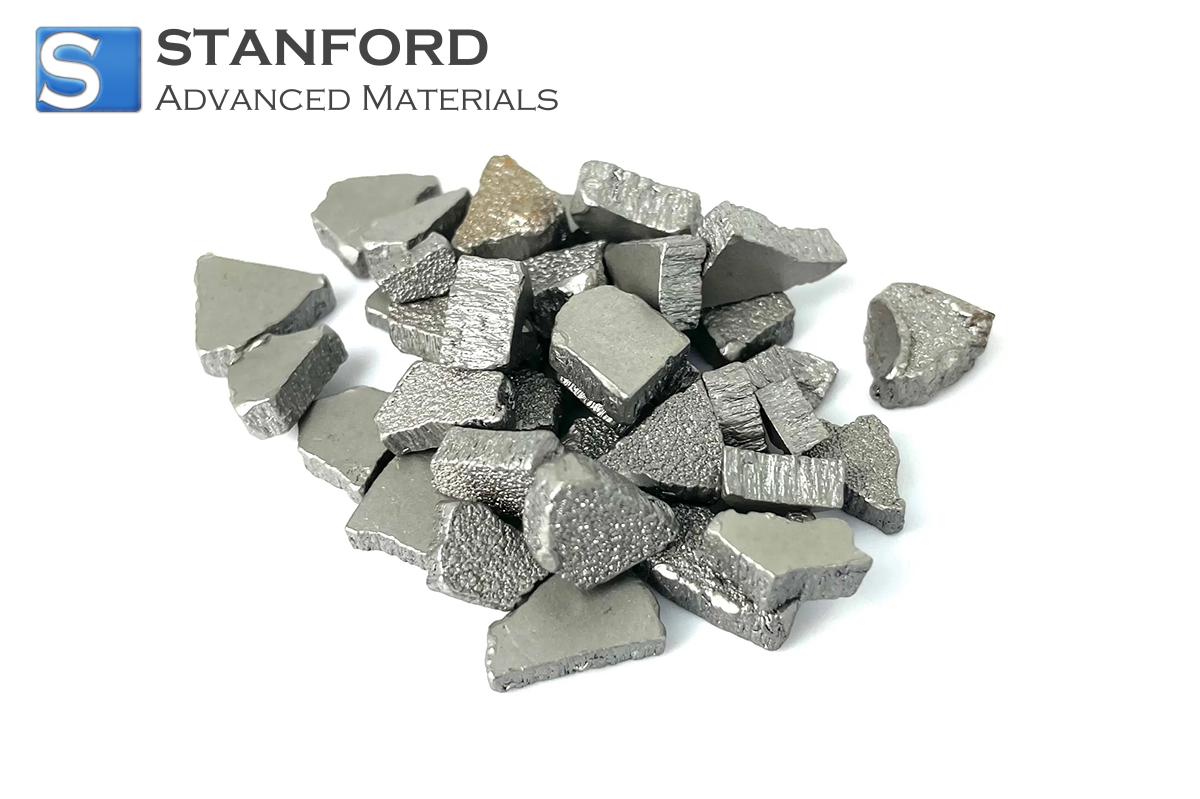
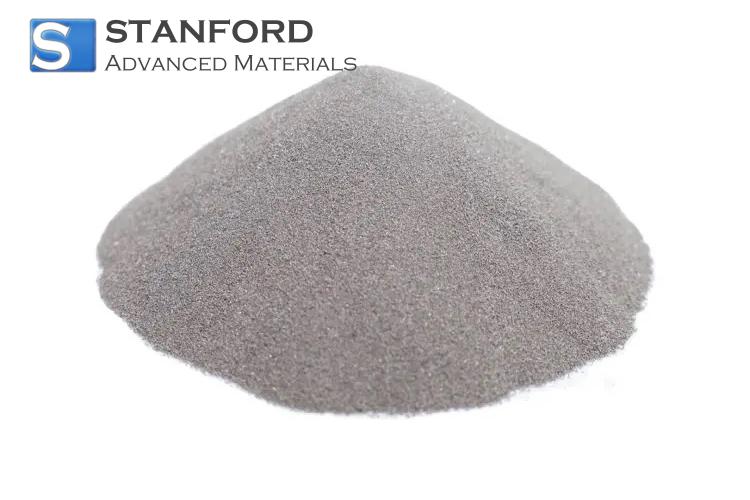
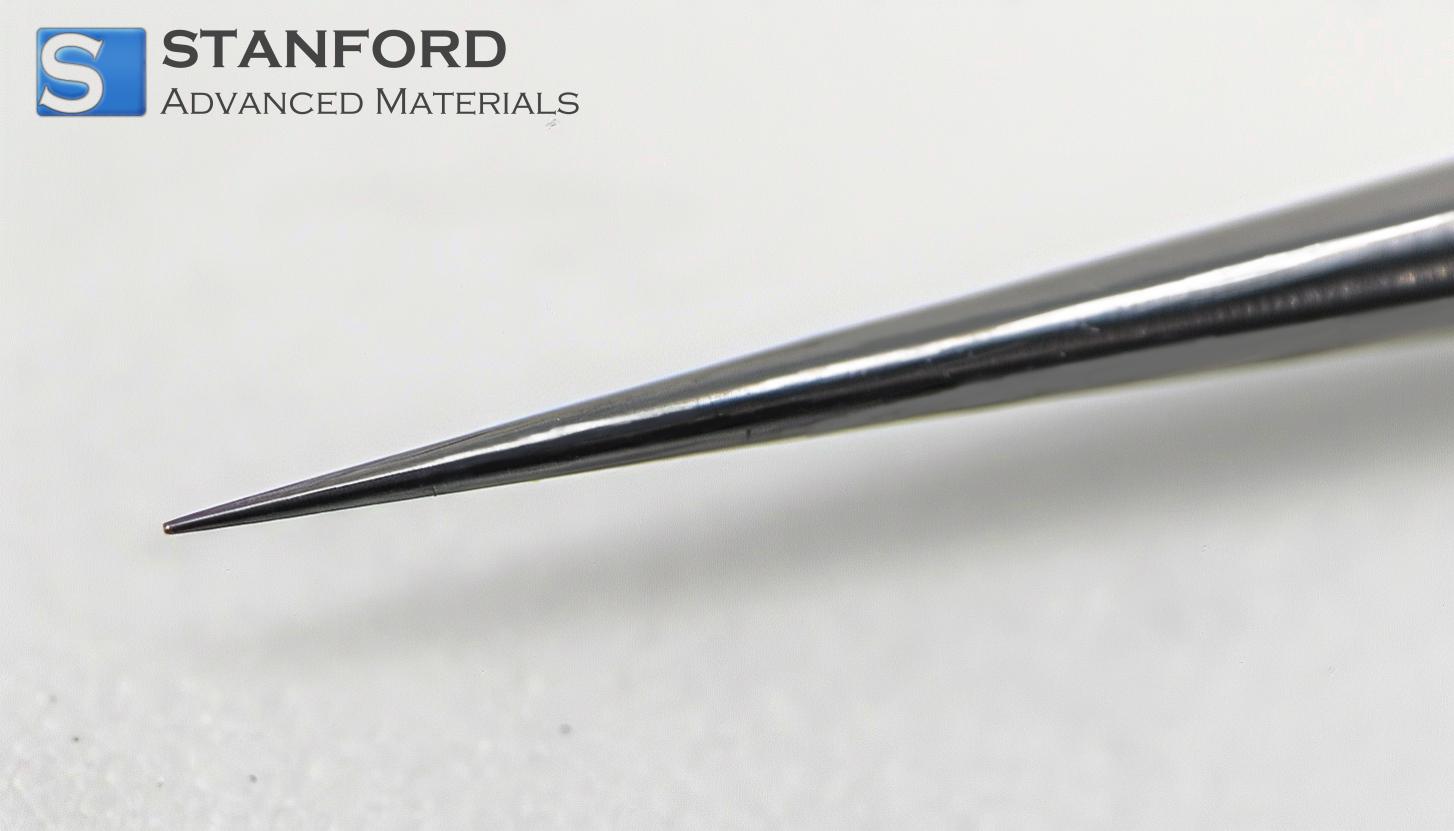
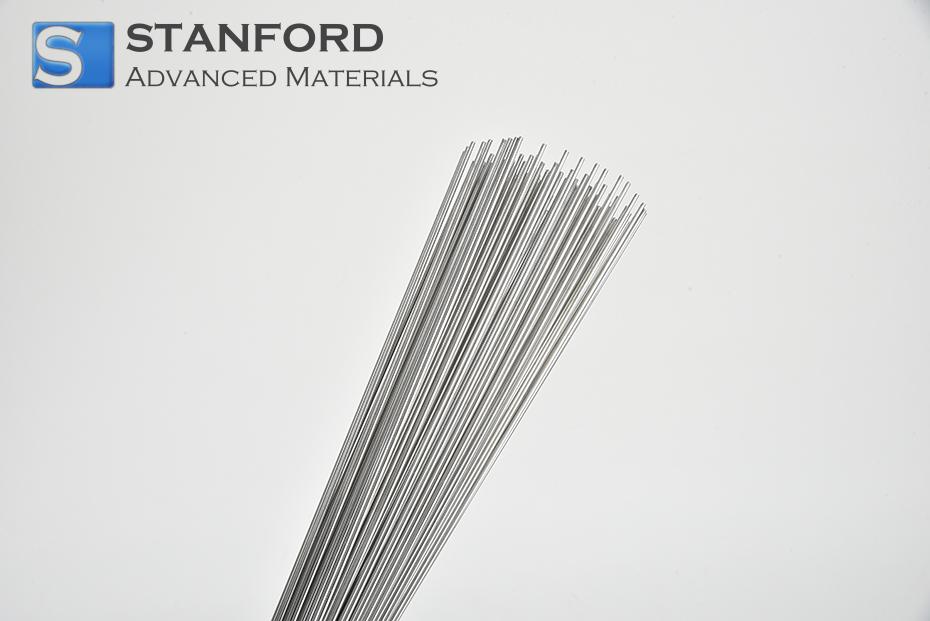
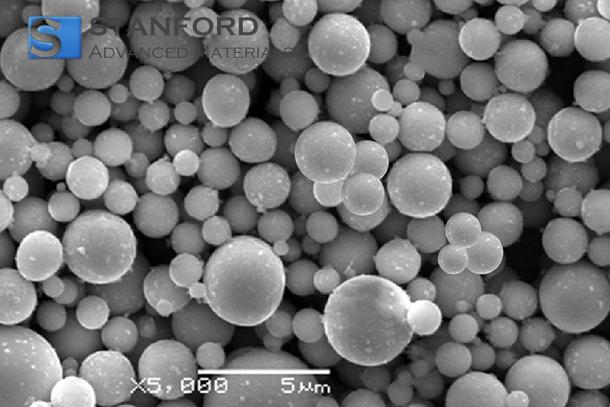
 Chin Trento
Chin Trento



